Introducing
the 850 Series
Grin factor ten from the Coupe and Spider. They really show Fiat at
its small car best - and most confident. While the diminutive and hugely
popular saloon made a real advance on its Fiat 600 parentage.
If the power isn’t enough for you, then Abarth breathed more poke
into these machines until they could seriously embarrass much bigger
competition. For instance, the Abarth ‘OT1000’ series Coupes
achieving legendary status only years after their conception. If you
can’t afford a real one kits are still available.
On visits to Donnington, Brooklands and Castle Combe in recent years
we’ve also witnessed spirited drives from our 850 Spider and Coupe
owning sisters and brothers. The 850s are most at home in the auto-test
where their nimbleness is nearly unbeatable… The cars just bring
out the driver of you!
850 History
In the past Fiat have shown a huge talent for making radically different
cars out of the same basic floorpan and suspension design. In the 850
range they managed to take the 600 saloon and redesign it into a saloon,
coupe and spider. Each has its own personality and very individual looks.
This was in part due to the use of outside design houses, regularly
challenged by Fiat to deliver adventurous concepts. In the 850 Spider,
it was Bertone who delivered a the mini masterpiece & classic. It
looked fantastic and was a great sales success with over 140,000 built.
Many were exported to the States, but enough are still around to enjoy
a get together!
The Coupe was
designed by Fiat’s Centro Stile (under Boano) and there are distinct
similarities with the bigger 124 AC Coupe. A careful review of the 850
Coupe will reveal striking similarities around the roof, pillars and
glass lines with the later 124AC. A certain angularity, lightness of
frame and large glass area, giving an airy feel for the occupants. .
The 850 Coupe was eventually updated twice in its production life -
giving three series of the model – and a total of 380,000 sold.
Both the Spider
and Coupe production totals are dwarfed, however, by the number of 850
Saloons produced – over 2,203,000. This number compares with any
of the best mass production totals in Fiat’s history.
The first Saloon was launched in 1964 with a water-cooled 843cc rear
mounted 4 cylinder engine. The standard saloon had 40bhp and the Super
had 42bhp (the two versions are identical in appearance). Key to the
domestic popularity of the 850 was its size. It’s one of the few
model series where the saloon is smaller and lighter than the spider
and coupe versions! Because the 850’s an evolutionary development
of the Fiat 600, keeping the weight down was a priority to the success
of this car, as Fiat had achieved with the 600. The 850 saloon weighs
about 670kg.
It also retains the basic Fiat 600 independent suspension design, with
upper and lower wishbones and a transverse leaf spring on the front
(non-driven) wheels and a triangulated swing arm and coil spring solution
on the rear. Its body design is a two-door with an integral chassis.
Again this is close to the 600 concept. The saloon wheelbase is 2,027mm
or about 6ft 8ins. Fully laden Fiat quote 1070kg – which is a
remarkable 60% addition to the unladen car weight for load carrying.
The car is also delivering a respectable 70bhp per ton in power to weight
terms. To complete the spec. the 850 Saloon also has drum brakes, a
4.625:1 final drive ratio and a quoted top speed of 78mph and 46mpg.
From 1966 automatics
were introduced – in fact a semi automatic pedal-less manual gear
change. This was called the 850 Idroconvert – a device that replaced
the clutch, (all it needed was paddles on the steering wheel..?). We've
never seen one going. Could someone tell us if it really works?
In ’65 the Coupe and Spider were announced at the Geneva Motor
Show, inheriting the same power unit as the saloon, the 65mm bore 843cc.
type 100 G unit. But in the Coupe it was rated at 52bhp and the Spider
at 54bhp. This was achieved by attention to the carb, inlet and exhaust
manifolds. In particular the four into two (-into one exhaust box) exhaust
manifold. This effectively provides a separate pipe for each cylinder
into the silencer box. No wonder they rev so freely!
Front disc brakes and a taller final drive ratio of 4.875:1 were included.
For the first time since the 20’s the circular ‘Sport’
badge with the competition laurels was added too. The badge was used
again in the 124 range and adopted for all ‘Sports’ models
in the following decade.
The Coupe and Spider are also heavier than the Saloon, at 720kg, but
with a slightly better power to weight ratio. Their top speed is quoted
at 98mph thanks to a slippy shape and revised final drive.
In ’65 a station wagon was launched. Should be called a Multipla
like the 600D it replaced – but in Italy it was the Familiare.
It is misleading to call it a station wagon, as Fiat had been quick
to adopt the genuine American station wagon estate with the 500 Topolino
in the fifties. The Familiare is a 37mpg, 62mph, mini-bus or MPV with
fixed seats (in three rows), not a station wagon, and obviously for
the larger family. Did Renault really invent the people mover then?
From 1970 to ‘76 the Familiare had a 903cc
33bhp engine fitted.
In March 68 new series of the Coupe and Spider were produced. Engine
capacity was increased to 903cc although the power output was unchanged.
With these models, 4 headlights were introduced on the Coupe, while
the Spider’s headlights were now inset into the front wings with
a standard lens. Trim was altered, alternators supplied, and the rear
lights changed for both. The Spider also gained a hard top option. The
Saloon received the 52bhp unit from the Coupe engine unit, front discs,
and an improved trim level – being called the 850 Special.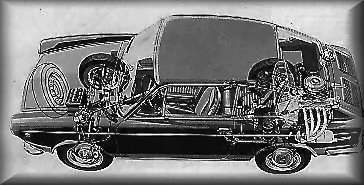
A slightly
modified version if the Coupe (series 3) appeared in 1971, when the
twin headlights were raised to comply with export regulations. Actually
the model was very short lived as the 127 coupe was announced in the
same year. Italian production of the 850 Saloon ceased in 1971. Although
a survivor of the 850 range was offered until 1985 as a camper van version
of the Familiare.
.
Abarth’s
‘Tweeks’
There were a few prototypes built by Pininfarina and Ellena, but these
were as show demonstrators rather than for prototype work for production.
Abarth found the coupe and spider versions a promising base for competition
and race tuning. All received larger power units. With 982cc, 1342cc,1600cc
and even 2 litre versions involved.
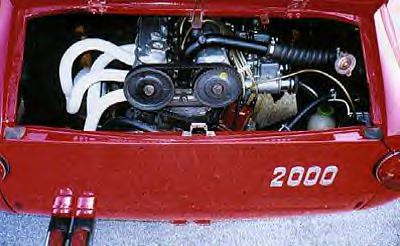
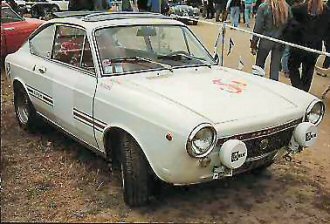
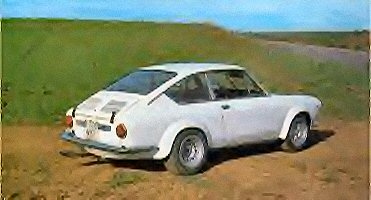
Buying
Guide
Body
Yes its going
to be a question of careful examination of the whole body. They were
designed for use in the Mediterranean climate, before the need for any
anti-corrosion measures had been considered. Light gauge steel to keep
down the cars' weight, and little understanding of the corrosion points
formed by over working the steel, use of minimal undercoats... all this
means they can rust out fast from just about anywhere. Even if garaged,
be wary of examples left alone for many years, as the condensation can
be sufficient to rapidly rust through panels and box sections from anywhere.
Like the 600
before it, you must inspect the 850s everywhere.
Engine
Notes
The 850 engine is canted to allow access to the plugs and allow room
for the radiator. It was made to rotate in reverse to improve cooling
With the small radiator located beside the engine, the cooling system
is marginal – meaning any blockages will result in overheating
problems. Check the hoses and radiator regularly. A new core is recommended
with copious supplies of antifreeze/ summer coolant.
Check the distributor cap, and HT prone to insulation cracking from
heat effects.
Differentials seem to be a weak point prone to gear and case fatigue.
They should be checked regualarly for cracks, and it is advisable to
acquire spares of you intend high mileages.
King pins on the front suspension need to be greased regularly to avoid
wear. Also the mechanical fuel pump can dry out. make sure you
keep spares.
Brakes ok but first series narrow calipers and discs are now rare. Suggest
fitting series 2 instead.
The Bertone spider is less well put together than the Coupe or Saloon.
MBG provide suspension, exhaust and wheel mods. (See parts and advice
below for contacts).
Values
Currently the best saloon is not going to be worth more than £1700.
The best Coupes will fetch £5000 plus.
Types
of 850
Mini Van
v MPV
As a break from ‘petrol-heading’ performance/ techy talk
– I think the 850 Familiare is an MPV people mover, and with the
600D Multipla of 1960 it means Fiat beat Renault to the MPV concept
by well over twenty years. Or is it just a mini-van? And (back to petrol-heading)
how well could one tow a trailer?
850 Prototype Facts
The 850 originated in 1959 with the type 119 and type 122 projects.
The 119 prototype used a 1litre engine destroked from the 1100 block,
while the 122 used a 600 engine bored out to 850cc.
The type 122 was eventually fitted with the larger engine and became
the Simca 1000 after several body designs were tried – based around
the 600. Prototypes and body styling versions
included the: Vignale spider, Bertone racer spider , Allemano coupe,
Lombardi Libellula spider, Moretti coupe, OSI coupe, Zagato coupe, and
Pininfarina coupe.
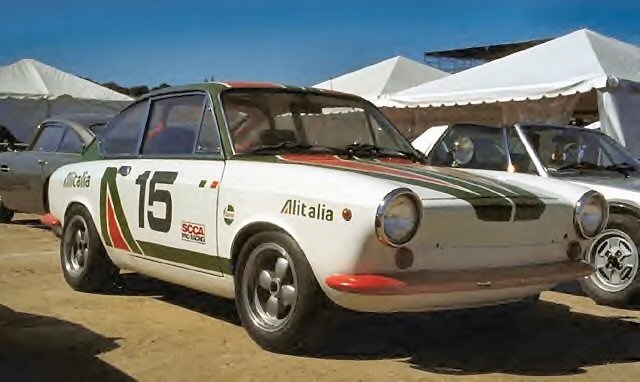
SFC Gallery
http://www.sfconline.org.uk/forum/topic.asp?TOPIC_ID=36
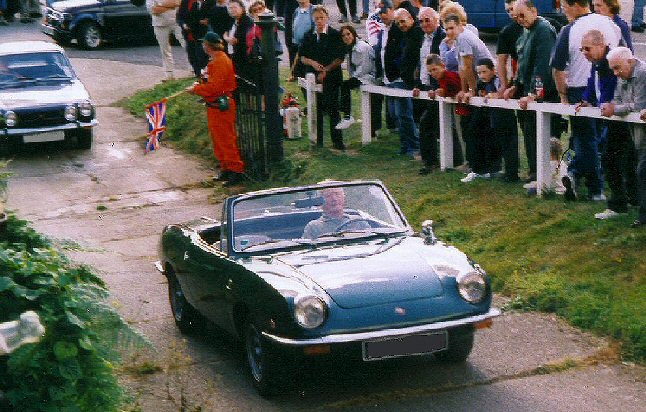
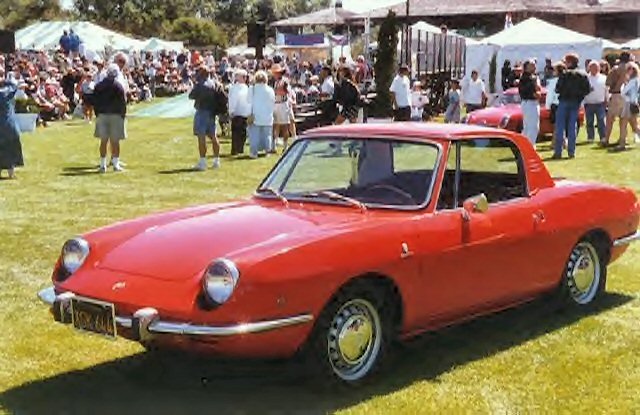
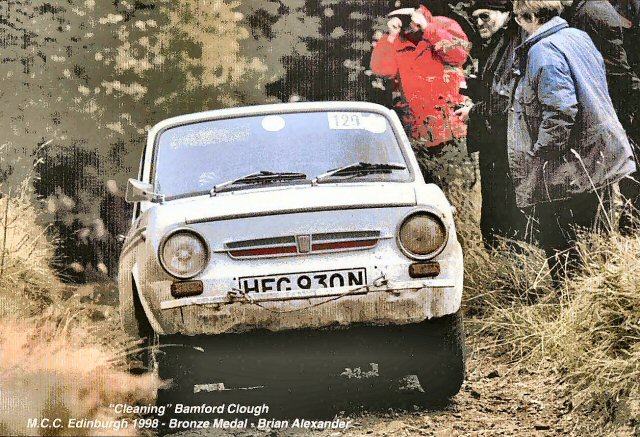
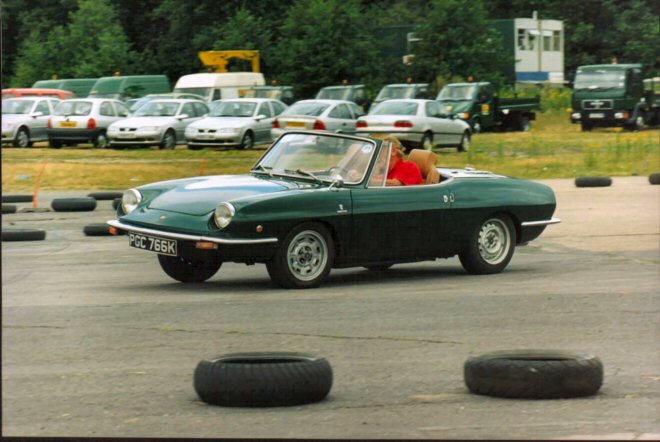
850 Links
Spares
• Italian pressed
steel suppliers Biondilmierati
have recently expanded their listing of 850 body parts -including more
substabial items like the bonnet. They are also known for their supply
of accurate Autobianchi and 124 Spider body panels
• Ricambios
on the Southern side of the M25 can supply a broad range of OEM parts
for the 850s.
Parts
and Advice
• In London R Proietti Ltd and associated parts
and advice .
• Middle
Barton Garage at Chipping Norton near Oxford. Abarth and 500/600
specialist with modifications and Abarth parts galore. Very much in
the Abarth tradition very capable. Also do a large catalogue for the
850 range.
• Guy
Moerenhout 'does' Abarths in a big way. And he has interesting
850 offerings!
• Fancy Spares
stockists of obsolete Fiat parts from the 50's to the 70's. Yetminster
in Dorset. 01935 872722.
• Deep in the
heart of Detmold Germany is part of the Holtmann Niedergerke Group.
For the 850s they can be very useful. There are second hand spares available
sometimes too. They should be on your shopping list. H&N
Online Shop they are in the process of extending the online spares
list here. Local retail outlet is Gettingman & Niedergerke on +49
(0)5231/6179-0.
• Retail outlets
for H&N products also include Gettingman & Niedergerke a Detmold
Company (D 32758)
• Bielstein also
supply tuning and performance items for these cars. The Bielstein brothers
can still be seen occasionally 'pedaling' their race cars around - including
their125. Bielstein products include very nice supportive reclining
and traditional seats worth a look. Website is www.bielstein.com
• Bielstein are
part of the Recambi Group - who are wholesale suppliers. Recambi will
probably only supply you direct with Abarth parts. You will need to
find the Bielstein part of the organisation - and the brothers who started
this excellent business. Telephone +49 (0)5066/3074. Email bielstein@bielstein.com
.
Wheels
Options available
for the 850 are considerable as the arch and offsets available without
extensive body mods are not as limiting as for the 600/500 series. The
850 has also had a lot of coach builders craft alternative style bodies,
and special wheels to match.
• Minilite
are being made by Tech-Del Ltd in Taunton with 10",12" or 13" rims
in magnesium alloy or aluminium. Very similar patterns to the originals.
• Superlite
wheels based in Gloucester
• Compomotive
stock a choice of 13" rims at 5.5j width
• Lesmo are stocked
by Middle Barton Garage
• Heinbrand
offer some interesting alternative wheels - based in Aachen Germany
- specialising in Alfa Romeo, Ferrari and Maserati high quality but
they are pricey
.
Ignition systems
• Luminition
systems
Auto Rossa.
01425 478648

